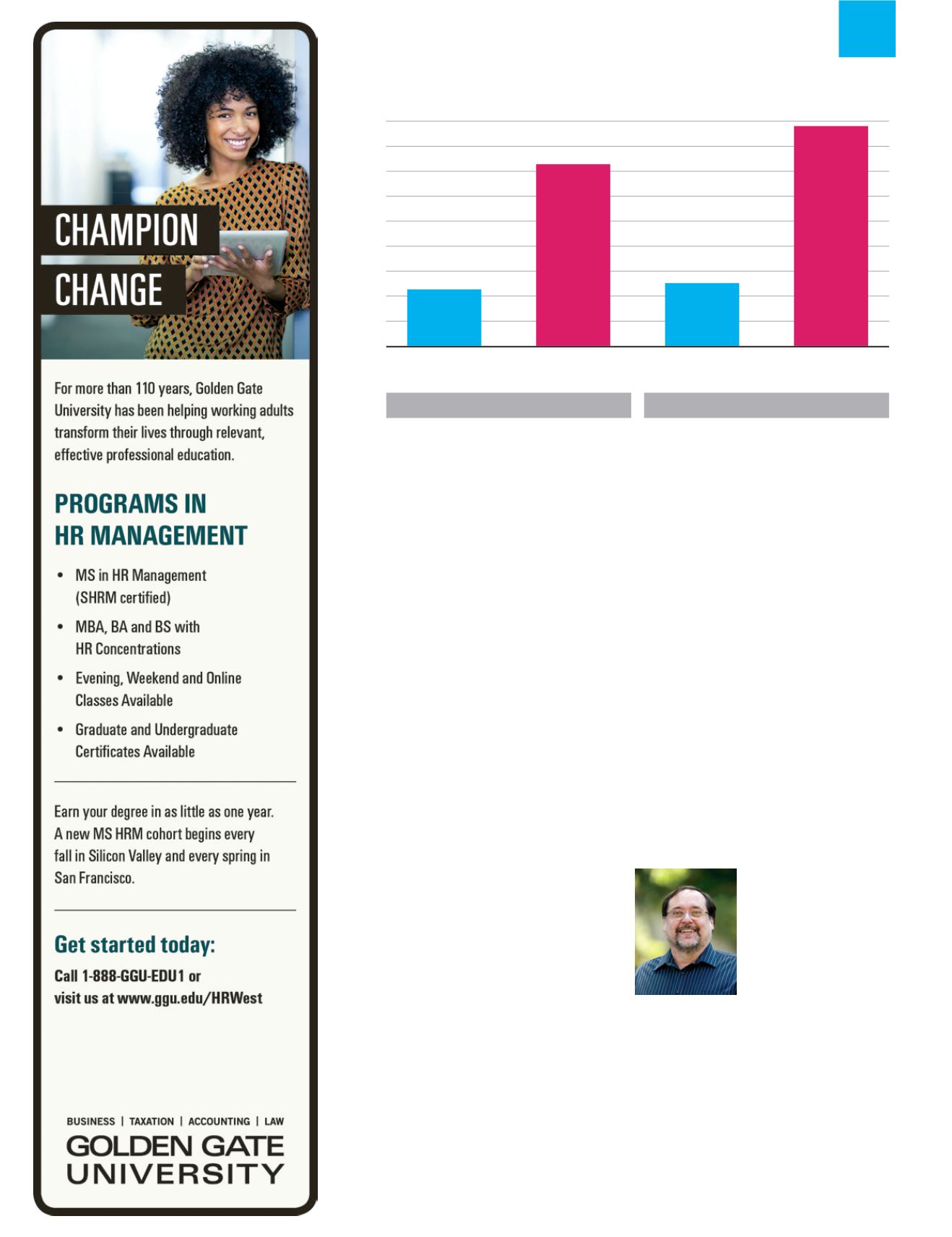
www.
nchra
.org
13
why we can’t multitask. That’s why people find
themselves losing track of previous progress and
needing to “start over,” perhaps muttering things
like “Now where was I?” each time they switch
tasks. The best you can say is that people who
appear to be good at multitasking actually have
good working memories, capable of paying
attention to several inputs one at a time.
Here’s why this matters: Studies show that a
person who is interrupted takes 50 percent longer
to accomplish a task. Not only that, he or she
makes up to 50 percent more errors.
A good example is driving while talking on a
cell phone. Until researchers started measuring
the effects of cell-phone distractions under
controlled conditions, nobody had any idea how
profoundly they can impair a driver. It’s like driving
drunk. Recall that large fractions of a second are
consumed every time the brain switches tasks.
Cell-phone talkers are a half-second slower to
hit the brakes in emergencies, slower to return
to normal speed after an emergency, and more
wild in their “following distance” behind the vehicle
in front of them. In a half-second, a driver going
70 mph travels 51 feet. Given that 80 percent
of crashes happen within three seconds of
some kind of driver distraction, increasing your
amount of task-switching increases your risk of an
accident. More than 50 percent of the visual cues
spotted by attentive drivers are missed by cell-
phone talkers. Not surprisingly, they get in more
wrecks than anyone except very drunk drivers.
It isn’t just talking on a cell phone. It’s putting on
makeup, eating, rubber-necking at an accident.
One study showed that simply reaching for an
object while driving a car multiplies the risk of a
crash or near-crash by nine times. Given what we
know about the attention capacity of the human
brain, these data are not surprising.
Do one thing at a time
The brain is a sequential processor, unable to
pay attention to two things at the same time.
Businesses and schools praise multitasking,
but research clearly shows that it reduces
productivity and increases mistakes. Try creating
an interruption-free zone during the day—turn off
your e-mail, phone, IM program, or BlackBerry—
and see whether you get more done.
HR
Excerpt from Brain Rules.
Reprinted with permission.
Dr. John Medina, a developmental
molecular biologist, has a
lifelong fascination with how the
mind reacts to and organizes
information. He is the author of
the New York Times bestseller
"Brain Rules: 12 Principles for Surviving and Thriving at
Work, Home, and School" — a provocative book that
takes on the way our schools and work environments are
designed. His latest book is a must-read for parents and
early-childhood educators: "Brain Rules for Baby: How to
Raise a Smart and Happy Child from Zero to Five." Medina
is an affiliate Professor of Bioengineering at the University
of Washington School of Medicine. He lives in Seattle,
Washington, with his wife and two boys.
Multitasking Myth
Source:
Rogers RD & Monsell,S (1995) Depth of processing and the retention of words in episodic memory Journal of Experimental Psychology:General 124(2):207 - 231
Table 2 of Experiment Cluster #1 (crosstalk conditions).
Notes:
These trials involved uninterrupted (single-focus) tasks and interrupted (multiple-focus) tasks.Data are shown
for experiments involving number-based manipulations and letter-based manipulations. Some people, particularly younger people, are more adept at task-switching. If a
person is familiarwith the tasks,thecompletion timeanderrorsaremuch less than if the tasksareunfamiliar.Still,takingyoursequentialbrain intoamultitaskingenvironment
can be like trying to put your right foot into your left shoe.
0
2
4
6
8
Percent Error
NOT switching
NOT switch-
ing
NOT switching
NOT
switching NOT switching
NOT
switching
NOT switch-
ing
NOT
switching NOT
switching
switching switching
switching
NOT
switching
switching switching
switching
switching
NOT switching
NOT
switching
NOT switching
NOT switch-
ing
NOT switching
NOT
switching NOT switching
NOT
switching
NOT switch-
ing
NOT
switching NOT
switching
switching switching
switching
NOT
switching
switching switching
switching
switching
NOT switching
NOT
switching
switching
switching
switching
switching switch-
ing
switching
switching
switching
switching
switch-
ing
switching
switching
switching
switching
switch-
ing
switching switching
switching switching
switch-
ing
switching
switching
switching
switching
switch-
ing
switching
switching
switching switching
switching switching
switching
switching
switching
switching switch-
ing
switching
switching
switching
switching
switch-
ing
switching
switching
switching
switching
switch-
ing
switching switching
switching switching
switch-
ing
switching
switching
switching
switching
switch-
ing
switching
switching
switching switching
switching switching
Error Percentages for No-Switching and Switching Activities
Tasks involved
numerical
manipulations
No switching
between tasks
No switching
between tasks
Switching
between tasks
Switching
between tasks
Tasks involved
letter
manipulations


